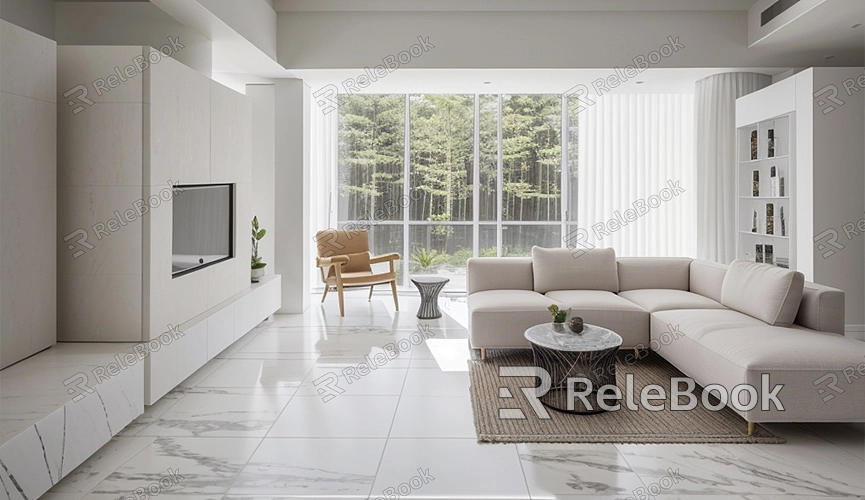Maya how to add texture to 3d model
Maya is a powerful software for 3D modeling, animation, and rendering, widely used in film, television, and game production. Adding texture to 3D models is a crucial step to enhance realism and detail. This article provides a detailed guide on how to add texture to 3D models in Maya, seamlessly integrating a sentence to provide additional resources for your 3D creations.
I. Preparation
Before adding texture to your 3D model, gather the following materials:
1. Maya Software: Ensure you have the latest version installed.
2. 3D Model File: You need an already created 3D model.
3. Texture Images: Prepare the JPG or PNG format texture images you want to apply to the model.
II. Opening the 3D Model in Maya
1. Launch Maya:
Start Maya software and enter the main interface.
2. Import the 3D Model:
- Click on the "File" menu, select "Import," and browse to select your 3D model file.
- Once imported, you will see it in the viewport.

III. Creating Materials and Adding Texture
1. Select the Model:
Choose the 3D model in the viewport where you want to apply the texture.
2. Create a New Material:
- Right-click on the model, select "Assign New Material."
- In the material selection window, choose an appropriate material type such as "Blinn" or "Lambert."
3. Add Texture to the Material:
- In the Attribute Editor, find the newly created material node.
- Next to the "Color" attribute of the material node, click on the checker box icon to open the "Create Render Node" window.
- Select the "File" node, which allows you to load external images as textures.
4. Load the Texture Image:
- Under "File Attributes," click the folder icon next to "Image Name," browse, and select your prepared texture image.
- After selecting the image, your model's surface should display the loaded texture.
IV. Adjusting Texture Mapping
1. UV Unwrap:
- If the texture doesn't display correctly, you may need to adjust the UV mapping.
- Select the model, switch to "UV" mode (press the "UV" button on the keyboard).
- Use the UV editing tools to adjust the model's UV coordinates to properly cover the model's surface.
2. Check Texture Effect:
- In the viewport, press "6" to switch to texture display mode.
- Check the model from all angles to ensure the texture effect is satisfactory.
V. Rendering Preview
1. Set up Lighting:
- Add some basic lighting to the scene for better visualization of the texture effect.
- You can use Arnold lights like "Area Light" or "Directional Light."
2. Rendering Settings:
- Open the "Render Settings" window, select the renderer as "Arnold" or "Maya Software."
- Configure the rendering parameters, then click the render button for a preview.
3. Review Results:
- Check the rendered output to ensure the texture application is correct. If needed, refine the material and UV mapping until satisfied.
By following these steps, you can easily add texture to 3D models in Maya, enhancing the model's realism and detail. Relebook provides resources for importing textures and 3D models directly into the model, useful when creating models and virtual scenes, making your creative process more efficient and convenient.

